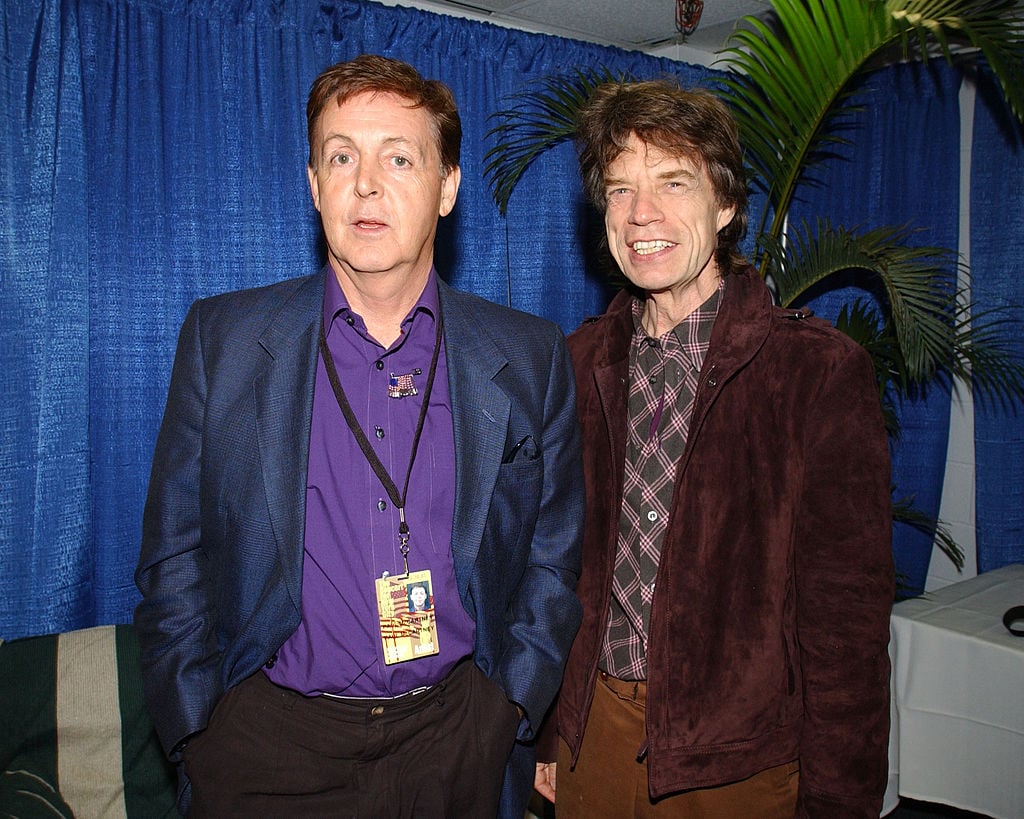
After a year, the group's popularity soared enough that they were offered more money for another club, at which Koschmider called the authorities and had Harrison deported, as he was only 17 and considered underage to work in Hamburg. According to Ultimate Classic Rock, when the group began to play shows in Hamburg, Germany, they originally performed primarily at two clubs owned by a man named Bruno Koschmider. This would not be the last time that Harrison's age affected his career, however. Despite this, as McCartney says in the documentary, Living in the Material World, during a bus ride with the three boys, Harrison played a perfect rendition of the song, "Raunchy," which convinced Lennon to put him into the group as the lead guitarist. Harrison was three years Lennon's junior and two years younger than McCartney.

Despite this, according to Biography, there was a major factor that made Lennon hesitate to add Harrison. While John Lennon was the clear leader and frontman of the Beatles in their early days, McCartney knew his school friend George Harrison's skills at the guitar surpassed everyone else in the young group. In September 1963, almost no one in America had heard of the Beatles, much less of George Harrison, their quiet lead guitarist. That upperclassman was none other than Paul McCartney.

Though he said it took a while to get home, it was on one of these bus rides that he met an upperclassman who also lived in the area and the pair sparked a friendship. In 1954, though a far bus ride away, Harrison started to attend the Liverpool Institute. According to Barry Miles' book, The Beatles Diary Volume 1: The Beatles Year, in 1949, the family moved to a new home on 25 Upton Green, Speke, a council house (which is a form of public housing in England). Harrison was the youngest of four children to Harold and Louise Harrison. Young Harrison used an outdoor toilet and managed without hot running water indoors. According to Harrison, the home was "OK in its own period." Each room on the downstairs was only 10 feet by 10 feet and during the winter, the home would get terribly cold. In his 1980 autobiography, I, Me, Mine, Harrison described the home he grew up in during the first years of his life. Watch YouTube channel ‘Pop Goes the 60s’ do a deep dive on one of George and Paul’s most infamous disagreements, caught on film during Let It Be.George Harrison was born on Februin Wavertree, Liverpool. It was a short term fix, however, as Lennon announced his departure from the group that same year. Harrison actually did quit the band briefly during those sessions, and only agreed to return with a list of requirements that included moving the band out of Twickenham studios, bringing in keyboardist Billy Preston, and making McCartney tamper down his exacerbating demeanour. I just think they really didn’t love each other.” They would tolerate each other, but I think George basically didn’t like Paul’s personality.

It was a very bad state that he was in.”Īccording to Boyd, the root of the problem was between Harrison and McCartney.
#PAUL MCCARTNEY GEORGE HARRISON FULL#
He would come home from recording and be full of anger.

Like a little brother, he was pushed into the background. That was really upsetting, and even more so for him because he had this new spiritual avenue. The Beatles made him unhappy, with the constant arguments. To watch this begin and be there in the immediate aftermath was very unpleasant.”Īlso speaking to Thomson for the book, Harrison’s former wife Patti Boyd characterised her husband at the time as “terribly unhappy. Glyn Johns, the engineer/producer who was originally tapped to helm the sessions, explained that Harrison In an excerpt from Graeme Thomson’s book George Harrison: Behind the Locked Door and subsequently published in The Daily Mail.


 0 kommentar(er)
0 kommentar(er)
